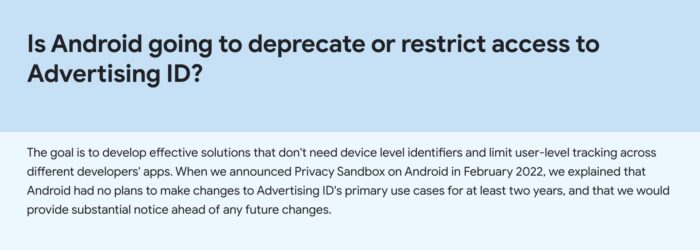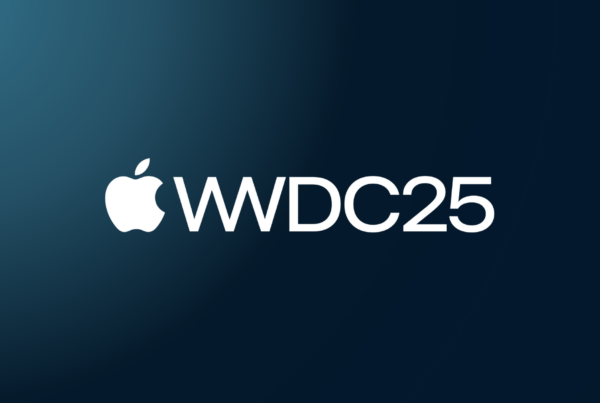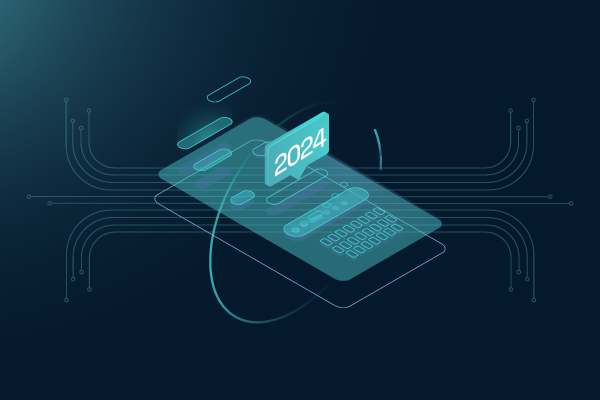Editor’s note: With the mobile advertising world moving away from device IDs, mobile marketers have still been conveniently using all the “old” practices on Android to drive app installs and re-engagement through retargeting.
For the last 2-3 years, all eyes have been on Apple with its strict privacy regulations, ATT and tricky SKAdNetwork for campaign measurement. In the meantime, Google is making progress with its Privacy Sandbox, the privacy-centric solution that will allow measuring, optimising and targeting ad campaigns without disturbing user privacy.
Google is taking a careful and very advertiser-friendly approach here. It is engaging in an open dialogue with the adtech industry, and testing Sandbox technology with the adtech vendors to make sure they ship a properly working product once it’s ready.
Dataseat (part of Verve Group) was invited to join the initial group of Google’s testing partners for Privacy Sandbox, together with other teams in Verve Group. This is a great opportunity for us to help shape a better future for adtech, and we are certainly eager to contribute.
We spoke with Rich Jones, Dataseat’s Director of Product about the Privacy Sandbox testing and what it involves. Get in touch with Dataseat team to learn more about privacy-first advertising on all mobile platforms: contact us.
|
Rich Jones, Product Director, Dataseat As Dataseat’s Product Director, Rich helps build a privacy-first contextual mobile DSP. As part of Dataseat, Rich was among the first in the industry to take a deep dive into privacy in advertising, including effective SKAN implementation. He is also involved in the Android Sandbox testing partnership, gaining firsthand early-bird exposure into Google’s new privacy frameworks. |
Why was Dataseat selected as a testing partner for Sandbox?
Rich:
Dataseat is the app-focused DSP within Verve Group. Verve Group is an appealing Privacy Sandbox testing partner for multiple reasons, including its focus on privacy in advertising, and because of its ability to develop and test new things on both the demand (via Dataseat) and supply side (via Verve Group’s on-device SDK).
Dataseat already has established experience in privacy-preserving marketing innovation on mobile. On iOS, we have invested heavily in the transition away from device IDs since the rollout of App Tracking Transparency in 2020. On Android we naturally wanted to do the same when the tools were made available for in-app marketers.
How does Privacy Sandbox benefit mobile advertisers and end users?
Rich:
Privacy Sandbox for apps offers the ability for DSPs to run user acquisition and re-engagement campaigns without relying on personally identifiable user data, such as device IDs.
It marks the beginning of a transition away from device ID-based tracking on Android, which offers consumers more privacy when using their phones by preventing 3rd parties from being able to track their behaviour across different sites and apps.
What’s interesting about Google’s approach here is that it is fundamentally keen on making the new solutions beneficial for app advertisers as well as consumers, by offering similarly powerful targeting capabilities for their ad campaigns – but doing so in a way which puts the consumer fully in control of their data.
| Editor’s note: This is different from the approach Apple has taken with its IDFA deprecation and SKAN. If you are interested to learn more about the differences between Apple’s SKAdNetwork and Google’s Privacy Sandbox, check Rich’s article on Business of Apps: Apple’s SKAN vs Google’s Privacy Sandbox |
What does the testing involve, from a more technical perspective?
Rich:
The major work required from DSPs is I) to be able to listen and respond to impression opportunities facilitated by a Sandbox-enabled SSP, and II) to be able to use the ad and user-related data surfaced by Sandbox to bid – and show ads – for the most relevant campaigns.
While it sounds simple in theory, this involves some significant changes to how DSPs and SSPs communicate to support the new data flow proposed by Sandbox, which flips traditional data sharing on its head by retaining all user-related information effectively on the device – or within Google’s trusted Bidding and Auction services.
In the new flow, the DSP must provide bidding logic which is executed on the device when a publisher is ready to show an ad.
What is the current status of Dataseat + Google testing Privacy Sandbox?
Rich:
So far, we have successfully rendered a test ad for a re-engagement campaign using Privacy Sandbox’s Protected Audiences API. We did this using an MVP Sandbox service running in parallel to the existing Dataseat DSP, communicating with a test version of the Verve SDK.
We are now working on utilising newer Sandbox updates which will be required to expand the scope of the testing, such as Bidding and Auction Services and Attribution Reporting API. Our goal is to run a performance test – measuring the impact on retargeting campaign KPIs – in H2 2024.
In parallel, we will also begin testing on Protected App Signals which uses a similar approach but will facilitate User Acquisition campaigns (where Protected Audiences focusses on re-engagement).
What makes Dataseat different from other DSP testing partners?
Rich:
Dataseat was founded on the core assumption that ad tech was moving away from device ID-based behavioural targeting, and towards privacy-preserving methods such as Contextual Targeting, iOS SKAdNetwork, and now Google’s Privacy Sandbox.
This means that Dataseat DSP has been built from the ground up on a device ID-less approach, making it easier for us to capitalise on new technologies such as Privacy Sandbox.
The alignment with our core vision also means that we can prioritise projects like this, while other ad networks may prefer to keep focussing on their existing methods which work great for them at the moment.
What are your expectations on the timing of Google Privacy Sandbox rollout, and will that also lead to GAID deprecation?
Based on publicly available Google documentation, Android Advertiser ID deprecation (aka AAID/GAID) was at least 2 years away as of February 2022.

Source: Google documentation
Google has made it explicit that its priority here is to work with the ad tech industry to avoid disruption (not to keep to strict timelines).
Since 2022 the Privacy Sandbox has evolved and Google has been collaborating with the industry to rework its initial proposals – for example, introducing the Protexted App Signals API in addition to Protected Audiences
We do not currently expect Google to make any disruptive moves – such as blocking GAID – until the new technologies are well validated and ready to be used by key partners, and supported by a large share of Android devices.
While deprecation of third-party cookies in Google Chrome is scheduled for the second half of 2024, I don’t think we should expect similar drastic changes on Android quite so soon.
When should advertisers start preparing and which steps need to be taken?
Rich:
While we do not expect GAID to disappear in the short term, this does not mean that advertisers shouldn’t be preparing.
- App marketers need to start educating themselves about Privacy Sandbox. I suggest starting with the basic documentation and then following the news on the blog.
- Prioritise getting experience working with Sandbox-ready partners, as the gained campaign learnings will eventually benefit the advertiser when the GAID deprecation actually happens.
- Testing alternative technology for ad targeting and learning to use contextual targeting and optimise campaigns based on contextual signals.
To sum it up, advertisers will benefit from learning about and testing Privacy Sandbox sooner rather than later: those with more experience working with Sandbox-ready partners will have the upper hand in programmatic buying when the hammer eventually drops.
Get in touch!
To talk about Dataseat and how we address privacy on iOS, Android and in mobile web, reach out to our team here.






